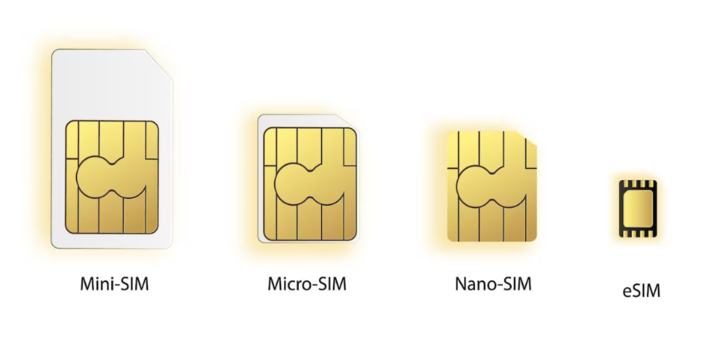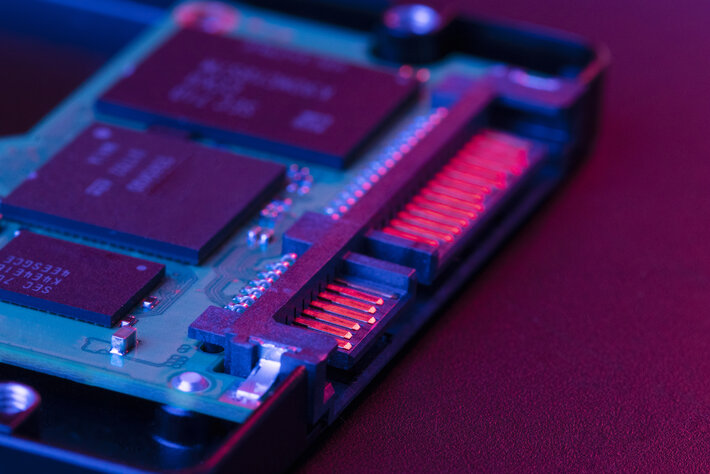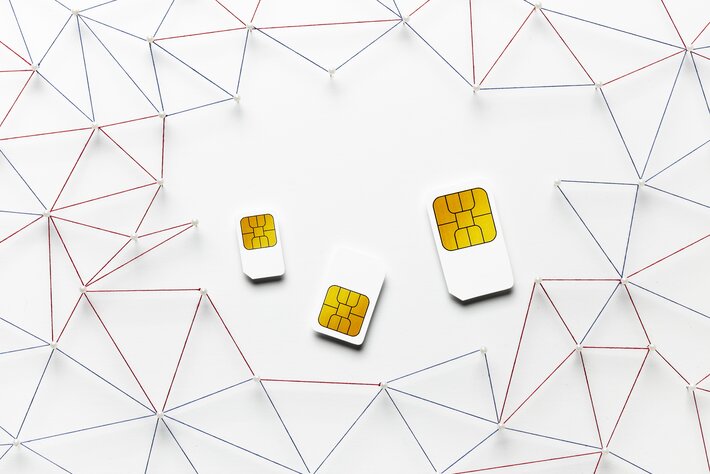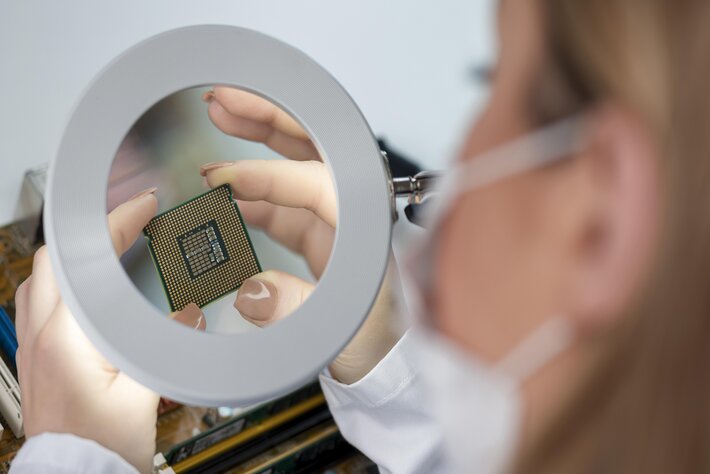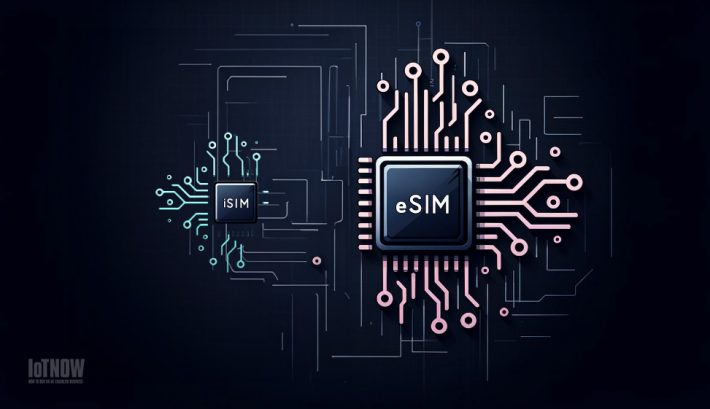eSIM
eSIM or eUICC (Embedded Universal Integrated Circuit Card) the next evolution of the SIM card, it offers users the ability to change service provider over-the-air (OTA), without needing to physically change the embedded SIM card itself. eUICC represents the most radical change in over two decades of GSM connectivity, in terms of how customers can select and change service provider profiles based on the criteria or business rules of their choosing.
Enhance EV charging performance with cellular connectivity
Electric vehicles (EVs) are steadily growing their market share at the expense of internal combustion engine vehicles. The growth is fuelled by several factors. Perhaps most importantly, prices for EVs
Read moreIncreased transport and logistics complexity demands simpler, faster and easier cellular connectivity
The near-ubiquitous availability of robust, secure, wireless connectivity still involves navigating substantial complexities for service providers. In the transportation and logistics sector, service providers are faced with the need to
Read moreIoT moves to large deployments
The IoT market is set for continued robust growth up to 2030, writes Robin Duke-Woolley, the chief executive of Beecham Research. According to Statista, almost 30 billion IoT devices are
Read morePart 8 – Remote SIM Provisioning
Remote SIM Provisioning (RSP) stands as a transformative development in telecommunications, reshaping how devices connect to and interact with mobile networks. This technology builds upon the advancements of traditional SIM,
Read morePart 7 – iSIM Technology
Integrated SIM (iSIM) technology emerges as the latest advancement in the realm of telecommunications, pushing the boundaries of integrated connectivity further than ever before. Building on the foundation laid by
Read morePart 6 – eUICC Technology
Embedded universal integrated circuit card (eUICC) technology represents a significant leap forward in the evolution of SIM card capabilities, setting a new standard for flexibility, efficiency and global connectivity. As
Read morePart 5 – Embedded SIM (eSIM)
The evolution of SIM card technology reached a significant milestone with the introduction of the embedded SIM, or eSIM. This innovative technology represents a paradigm shift in mobile connectivity, moving
Read moreIoT demands greater simplification, more orchestration and the right level of security for each use case
Robin Duke-Woolley, the chief executive of Beecham Research, recently had a video interview with Remi de Fouchier, the vice president of strategy, marketing and innovation at Thales’ Digital Identity and
Read moreLte-m connections to reach 500 million in 2028
New research from roaming and connectivity experts Kaleido Intelligence has forecast that total active LTE-M connections will reach over 500 million in 2028, representing growth of 43% CAGR between 2023 and 2028.
Read moreTEAL and Kigen partner for initial GSMA-certified eSIM platform in the US
TEAL, the first US-based eSIM platform to be certified by the GSMA, is partnering with Kigen to make available a version of the Kigen eSIM operating system (OS) with SGP.32-ready
Read moreNeue and Kigen offers sensor-as-a-service for IoT development
Neue announces its sensor as a service offering that integrates a security out-of-the-box from Kigen to reduce product development hurdles for companies seeking cutting-edge connectivity solutions, enabling the development of
Read moreStreamline SIM technology for APAC IoT applications
Compared to other industries in APAC, which are at the forefront of innovation, digital transformation in the IoT space in Asia Pacific (APAC) has experienced slow progress. But in a
Read moreWhy do we need iSIM in the IoT market?
The landscape of SIM card technology is undergoing a shift with the emergence of iSIM (integrated SIM). In contrast to traditional eSIMs and physical SIM cards, iSIMs are virtual and
Read moreeSIM vs. iSIM: Comprehensive comparison and key differences explained
iSIM and eSIM are both technologies related to the SIM cards used in mobile devices, but they serve different purposes and have different characteristics. Here’s a breakdown of the differences
Read moreNavigating the Future of IoT with Advanced APNs
In an age where the Internet of Things (IoT) is reshaping the digital landscape, the question remains: How do we accomplish IoT connectivity services that fit very different scenarios? Everything
Read morefloLIVE secures $47mn in funding for hyperlocal global network
floLIVE announced that it has raised $47 million (€44.14 million) in a Series C round of funding. The round was co-led by Greenfield Partners and existing investor 83North, with Qualcomm
Read more




